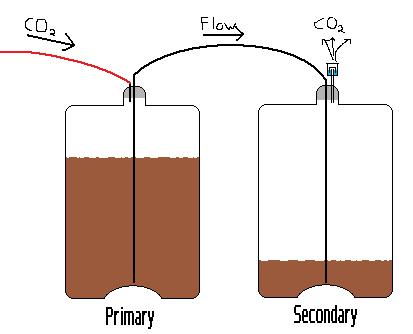ArcaneXor
Well-Known Member
- Joined
- Nov 10, 2007
- Messages
- 4,502
- Reaction score
- 128
that is like saying water is heavier then alcohol so there is more alcohol in the top of your beer then the bottom. (since both will obey the laws of fluid dynamics)
Tell that to the people who died in the Lake Nyos disaster.
Of course O2 and CO2 will mix, which is why the the amount of CO2 measured pretty much anywhere on the planet is fairly close to the planetary average. But over short time periods, especially when the air isn't moving much, massive releases of CO2 will hug the ground, diluting the O2 concentration and either killing people and livestock, as with Lake Nyos, or sitting on top of the beer. If you don't agitate the head space, the concentration of O2 that enters it within the couple of minutes we may have it un-stoppered is very small. The other thing is that diffusion of O2 into water (or wort) is extremely slow without agitation.




























![Craft A Brew - Safale S-04 Dry Yeast - Fermentis - English Ale Dry Yeast - For English and American Ales and Hard Apple Ciders - Ingredients for Home Brewing - Beer Making Supplies - [1 Pack]](https://m.media-amazon.com/images/I/41fVGNh6JfL._SL500_.jpg)




























